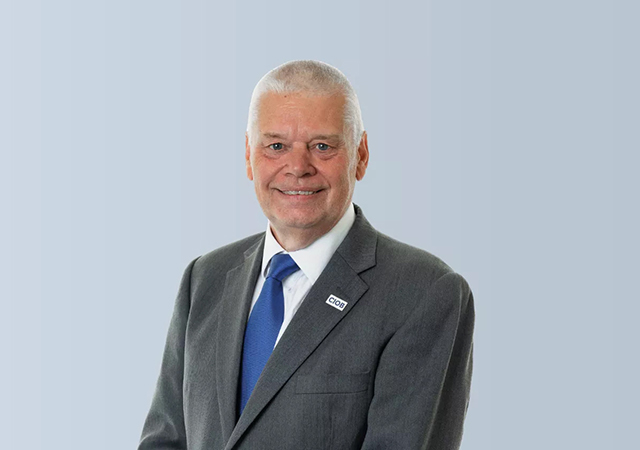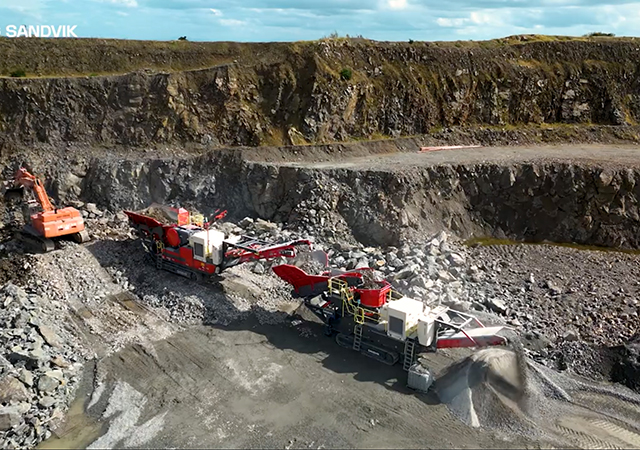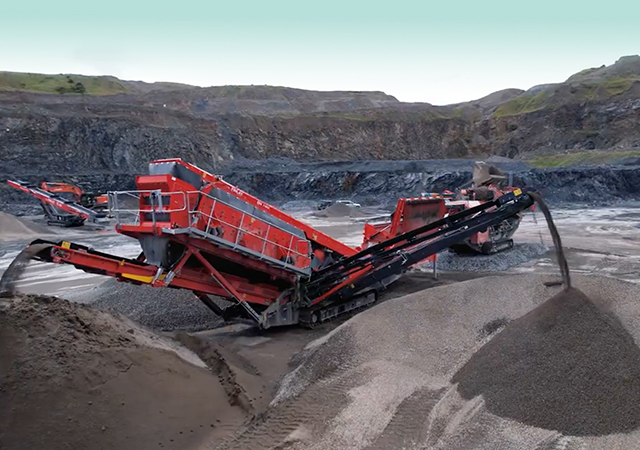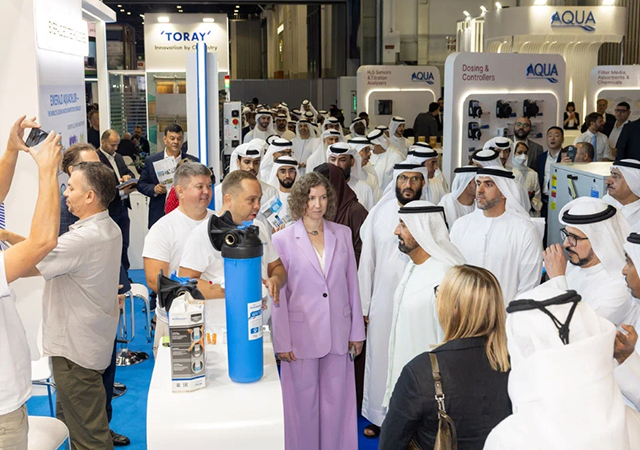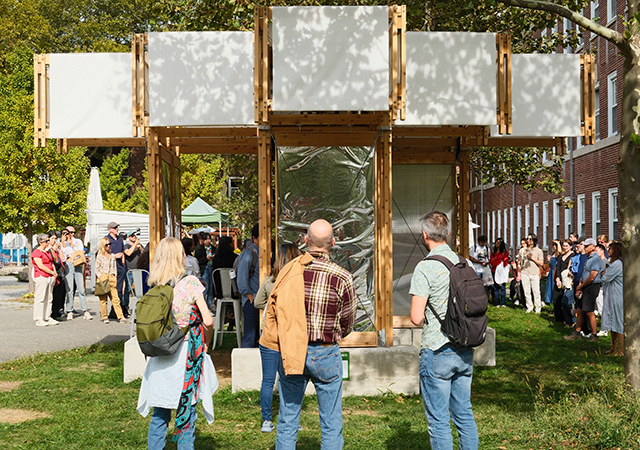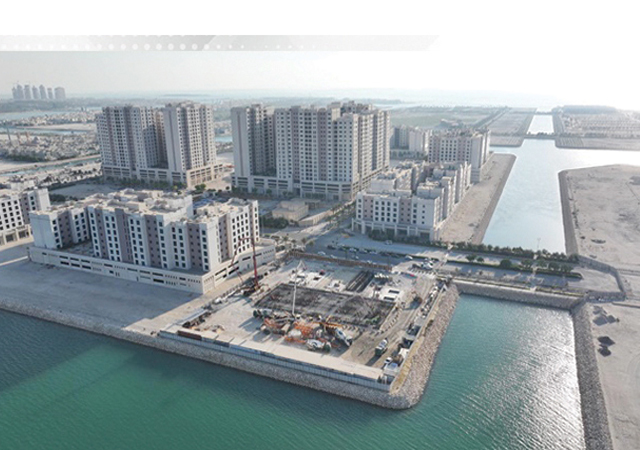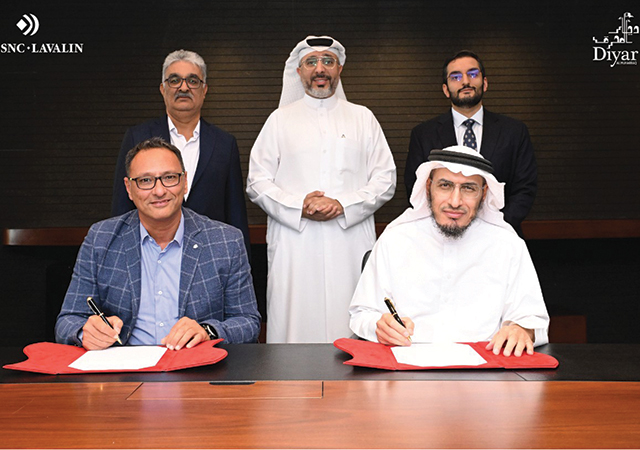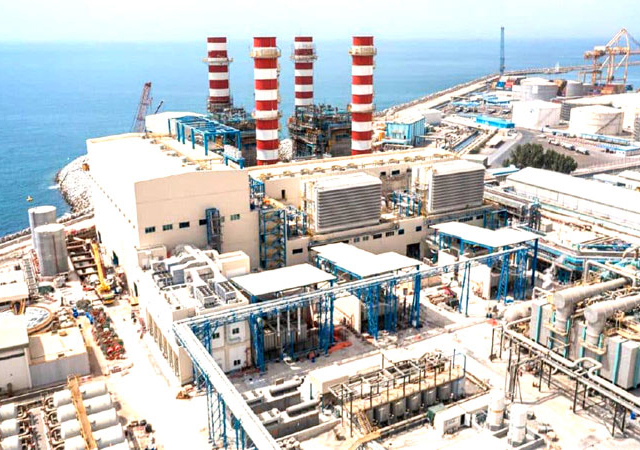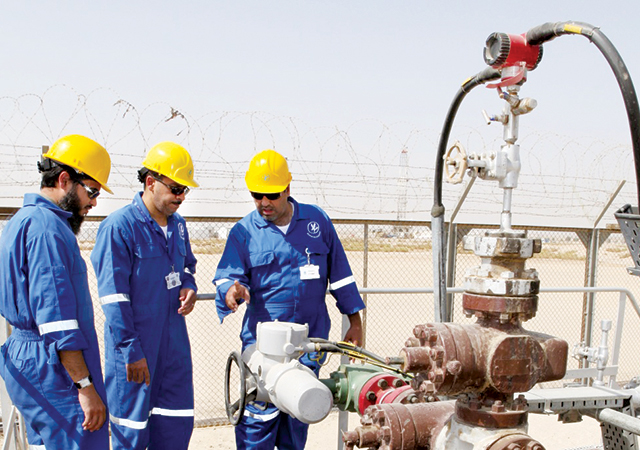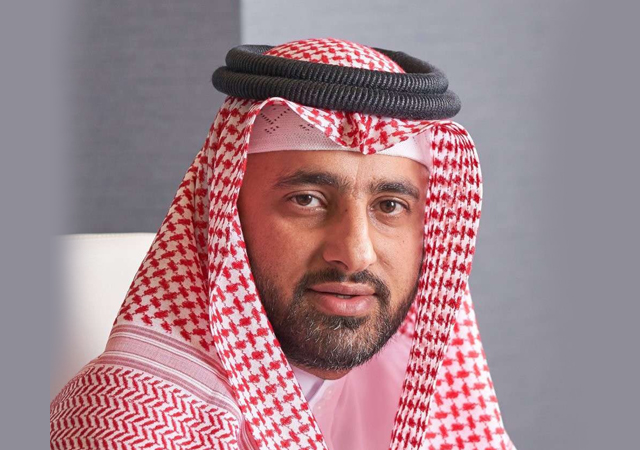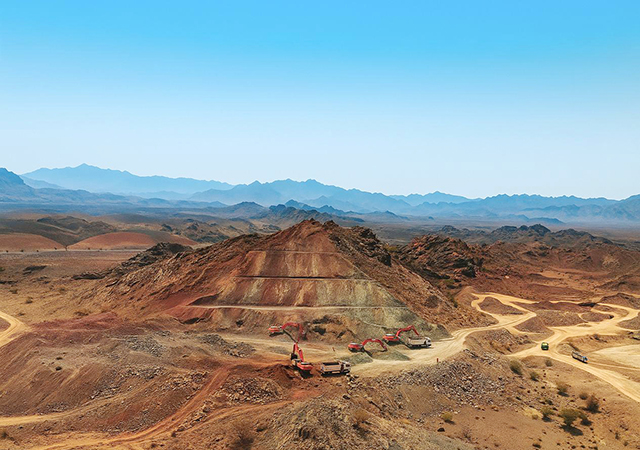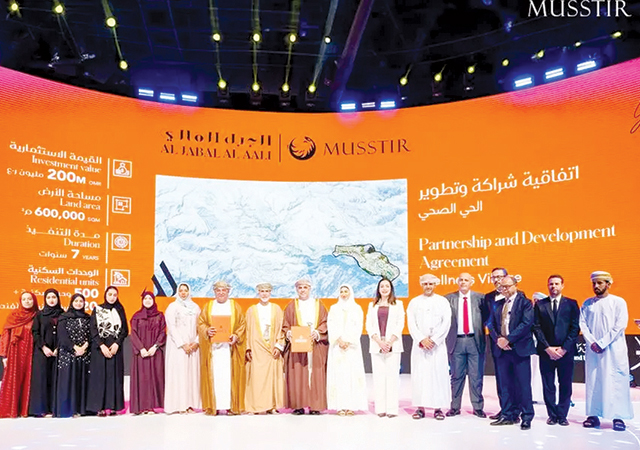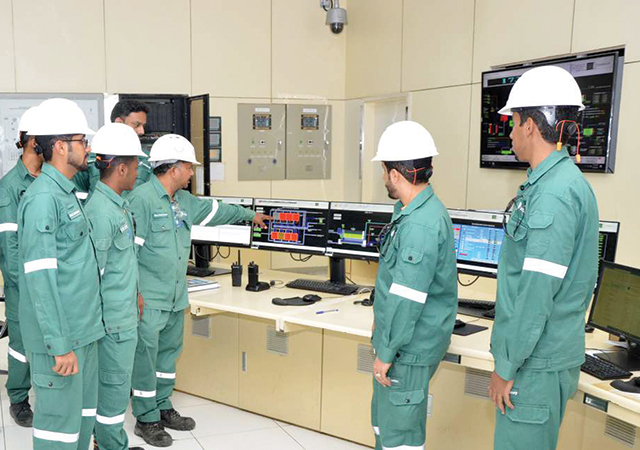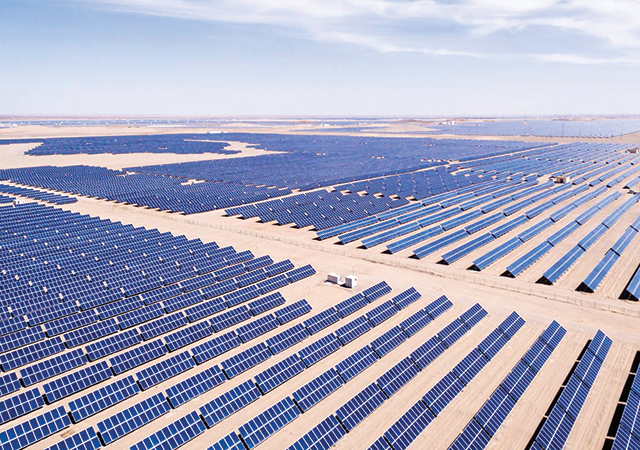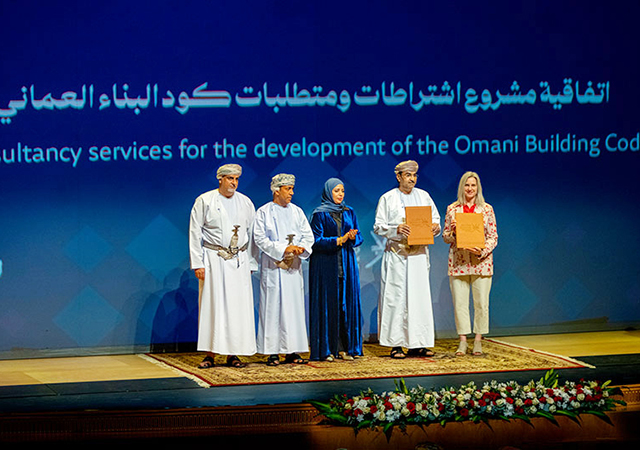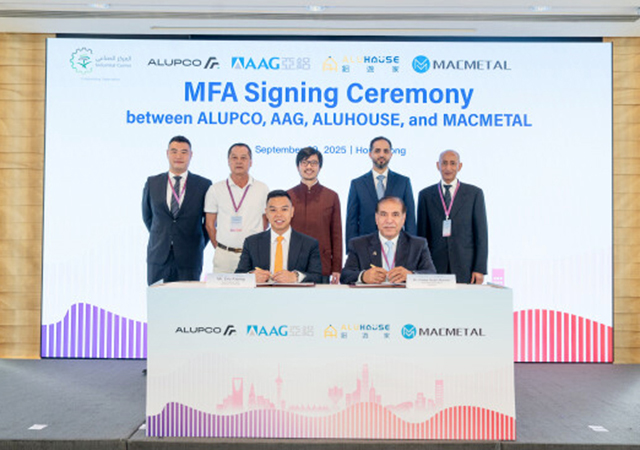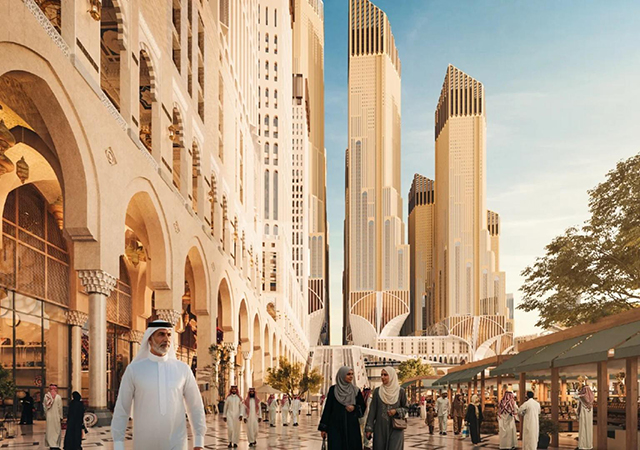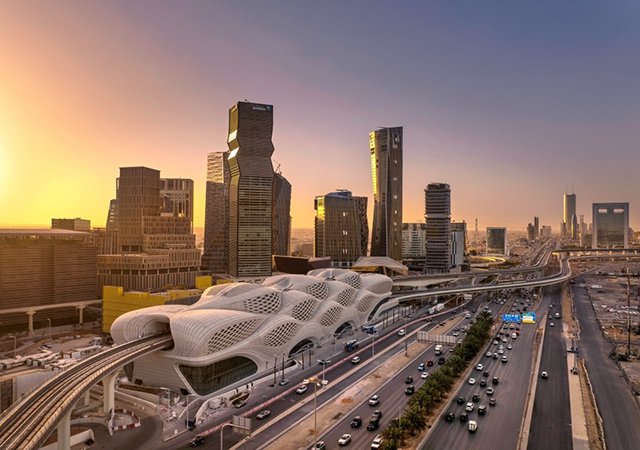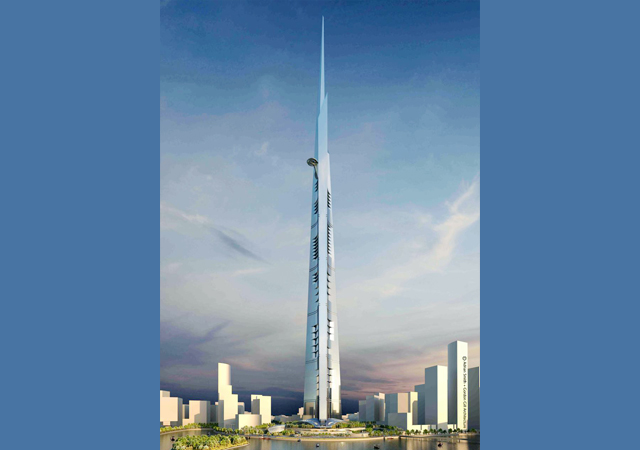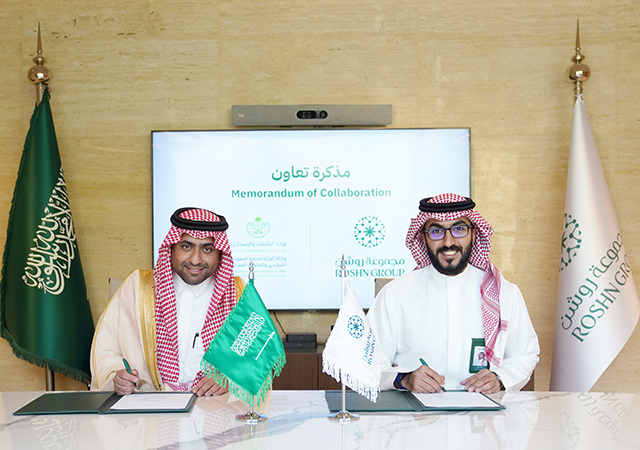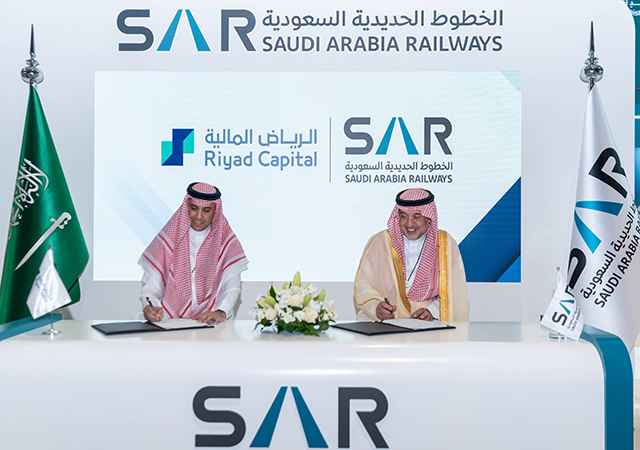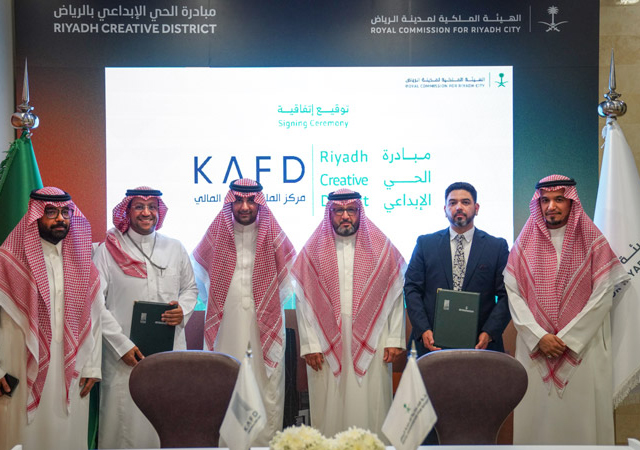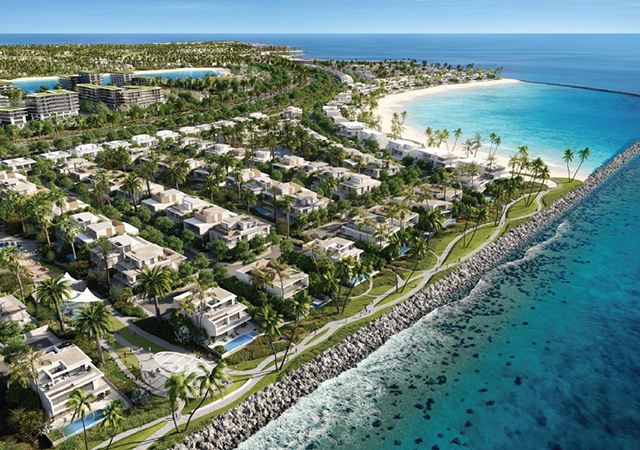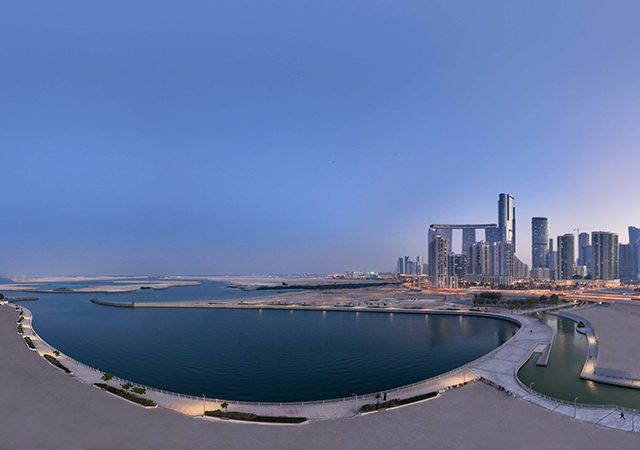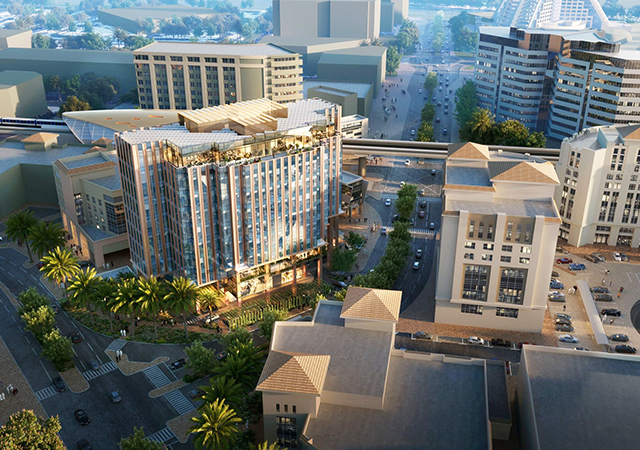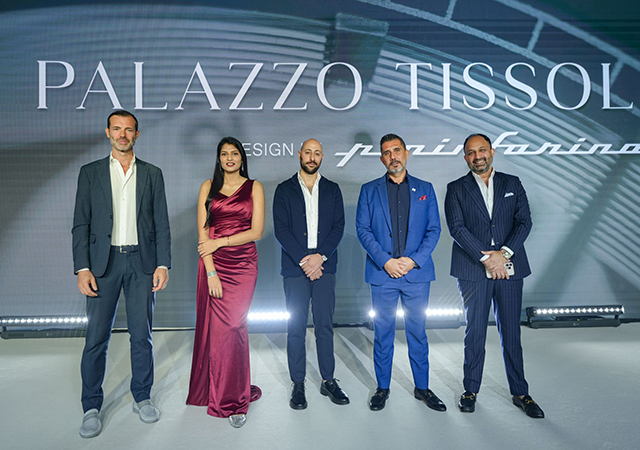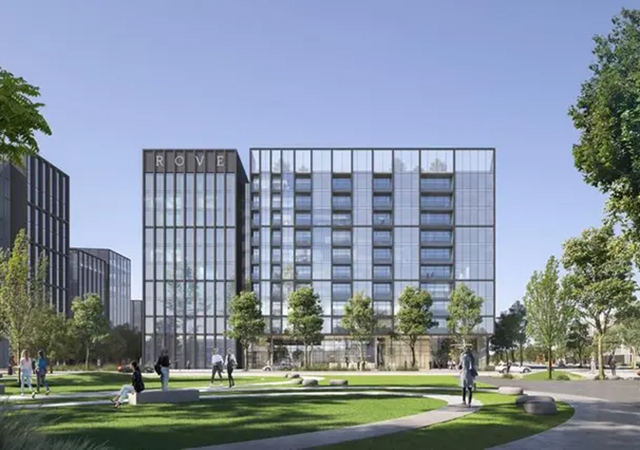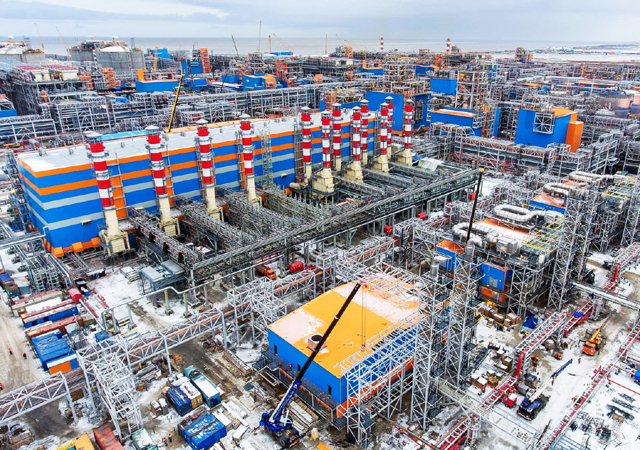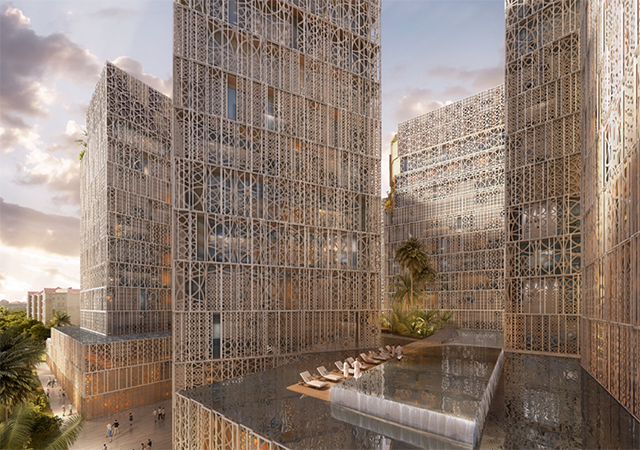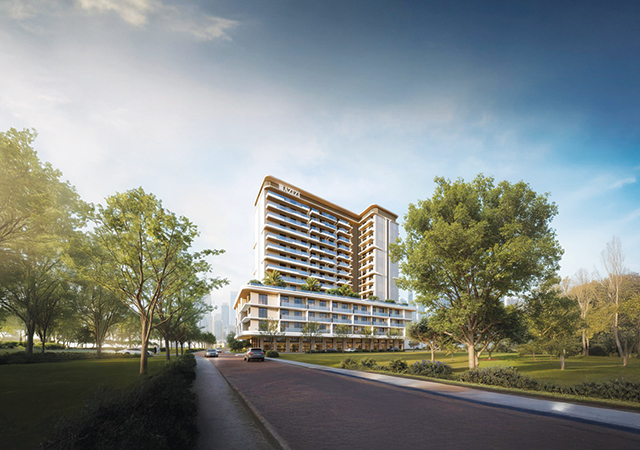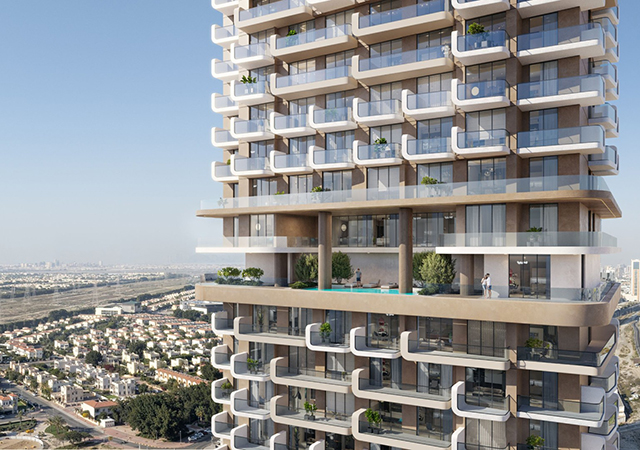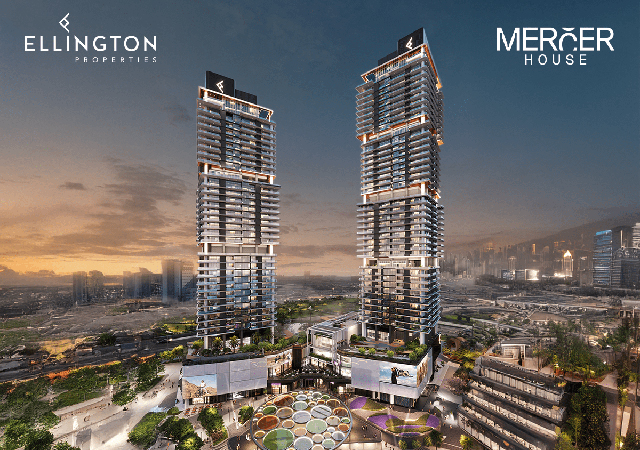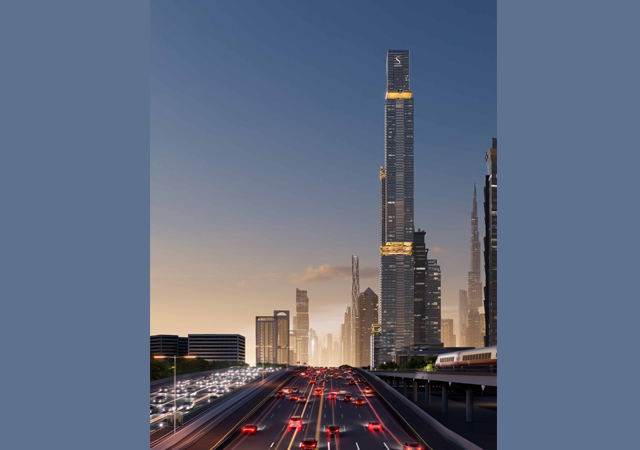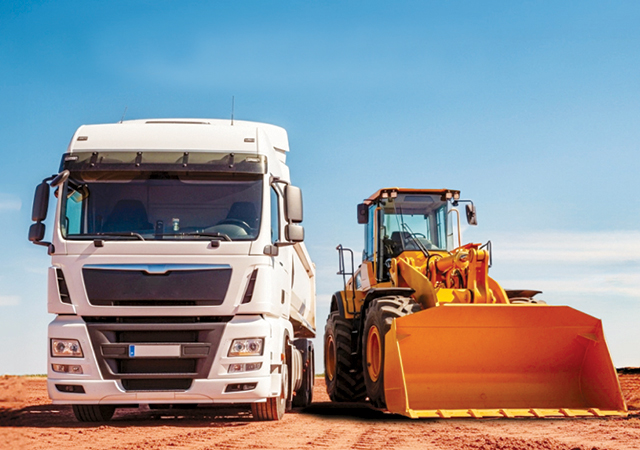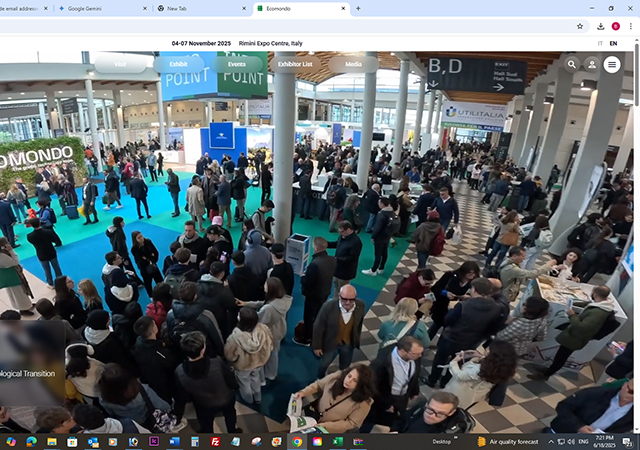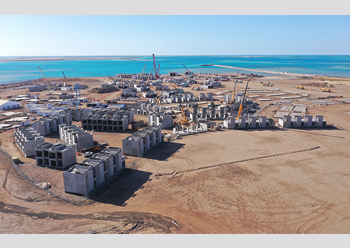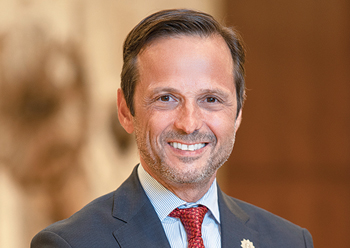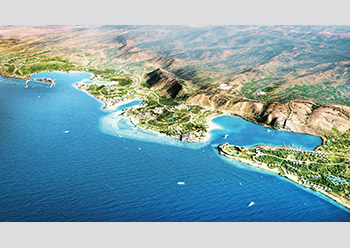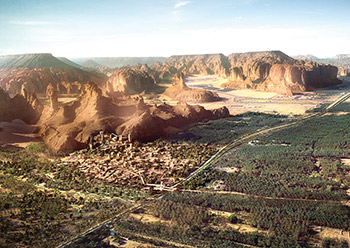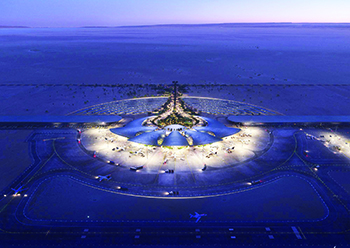
 Masar will extend from the Third Ring Road to the outskirts of the Holy Mosque.
Masar will extend from the Third Ring Road to the outskirts of the Holy Mosque.
In line with plans to transform Makkah into one of the best cities in the world, the western part of the city is in the midst of a major redevelopment programme to create Masar, a cultural destination.
Masar will extend from the borders of the Third Ring Road at the entrance of the Makkah-Jeddah Highway from the west and beyond the First Ring Road at the eastern border of Jabal Omar on the outskirts of the Holy Mosque (Al Haram Al Sharif).
The project is mandated by a Royal Decree for the development of King Abdulaziz Road.
The development’s masterplan is based on a main two-way road, 80-m wide, which allows for the seamless movement of vehicles and buses to and from the Holy Mosque. The two sides of the road will be separated by an urban cluster traversed by a pedestrian boulevard that will allow pilgrims to move easily to the Al Haram Al Sharif area from the western entrance of Makkah without hindering traffic flow.
 |
|
The urban cluster will be traversed by a pedestrian boulevard. |
The urban cluster, which extends through the length of the project, will host international hotels, commercial centres and retail outlets, green parks, government services complexes, medical and health centres, and many integrated cultural, recreational, and social amenities.
Masar spans a total area of 1.25 million sq m, in addition to the 141,000 sq m occupied by King Abdullah Mosque, which sits at the heart of the project. Extending 3,650 m long and 320 m wide, Masar links the First, Second and Third Ring roads to the key roads – Abdullah Arif and Mansour streets. It also includes tunnels, metro stations, parking lots, and hotels, as well as residential, commercial, office, and service facilities.
The destination will also feature several landscaped green areas, as well as integrated cultural, recreational and social amenities.
“Set to become a modern landmark and a multi-feature destination, Masar will enhance the quality of life of Makkah residents and visitors and contribute to Saudi Arabia’s efforts to increase the annual number of Umrah pilgrims to 30 million as envisaged in the Vision 2030 programme,” a spokesman for Umm Alqura for Development and Construction (UAQ), tells Gulf Construction.
“Leveraging smart technologies and futuristic design and concepts, the destination is developing an integrated infrastructure for the next 100 years,” he adds.
.jpg) |
|
Bridges works above the Third Ring Road ... close to 88 per cent complete. |
UAQ is the owner and master-developer of the project. A closed joint-stock company, it has shareholders from the private sector and state-owned sovereign wealth funds, including the Ministry of Finance, the Public Investment Fund (PIF), the General Organization for Social Insurance, Public Pension Agency, and the General Authority for Awqaf.
Masar, which embodies an ideal public-private partnership model, was recently issued four title deeds through a Royal decree. “These unified title deeds replace all the individual title deeds of the 3,626 properties on which the project is located, marking the first step towards completing Masar’s initial public offering (IPO) and attracting investments,” the spokesman explains.
Among the investors the project has attracted is Alinma Investment which is partnering with UAQ to develop hotel towers worth more than SR17 billion ($4.53 billion).
Masar will offer investment and development opportunities in the area surrounding the Holy Mosque, serve residents and visitors to Makkah, facilitating their access to the mosque, and enable the city to handle 30 million visitors by 2030.
A rapid transit bus network and parking garages that will feature around 5,700 parking spaces will also be part of the destination. There will be an additional 31,087 parking lots once the destination’s development is complete.
The masterplan includes 3.8 million sq m of buildings serving the hospitality sector comprising 40,000 hotel rooms and apartments; 2.1 million sq m of residential buildings offering 10,000 homes; a 317,870-sq-m commercial zone; 987,000 sq m of office spaces; 28,700 sq m of public service centres; and 272,290 sq m dedicated to health services.
.jpg) |
|
Construction works under way on the car parks and the metro tunnel. |
Work on the project began in 2015, with the first phase (preparation phase) having involved evacuating and demolishing properties from six unplanned neighbourhoods – namely Al Hafayer, Al Hindawiyyah, Al Tandabawy, Mansour Street, Jabal Ghurab, Al Rusaifa, and Al Zahareen.
“UAQ successfully handled all 3,626 properties in these neighbourhoods in a record time of five years, after carrying out the inventory of properties, surveying the area, and completing evacuation procedures with owners. The total compensation delivered to beneficiaries reached around SR10 billion as per the directives of the Makkah Region Development Authority,” the spokesman says.
Based on the UAQ’s commitment to ensuring the safety, sustainability, and preservation of Makkah’s natural environment, the rocks excavated following the drilling works for the Makkah Metro tunnel have been reused, he points out. All environmental aspects of the project, particularly the groundwater, have been given due importance by coordinating with all relevant authorities, such as the Saudi Geological Survey.
“UAQ has exerted great effort to maintain the safety, sustainability and the natural environment of Makkah, and made sure not to hinder the course of the groundwater in Wadi Ibrahim, Wadi Al Otaibiyyah, and Wadi Al Eshr by using the latest scientific and technical treatments to maintain its smooth flow and composition,” he says.
In addition, significant progress has been made on the transport infrastructure. Close to 88 per cent of the work has been completed on the two-way bridges that extend above the Third Ring Road from the west, the spokesman says.
Five main roads – the First Road, the Second Ring Road, Mansour Street, Abdullah Arif Street, and the Third Ring Road – intersect at Masar. Work on the intersections is now 48 per cent complete, he adds.
 |
|
Construction works under way on the car parks and the metro tunnel. |
“To ensure the seamless movement of vehicles, 11 pedestrian tunnels have been planned below the main road within the project. The construction of the pedestrian tunnels stands at more than 10 per cent complete,” he points out.
Also, the construction of four parking garages has reached a completion rate of 45.15 per cent.
This apart, a state-of-the-art fully-serviced utility gallery for electricity, communications, sewage, district cooling, and solid waste management is under construction. The gallery spans the entire project to cover all areas, ensuring they are ready for development by the company or investors.
“As of now, 18.26 per cent of these works have been completed,” the spokesman says.
Preparations are also under way to include the Makkah Metro route, which is being constructed throughout Masar in four sectors. The metro system includes two main stations; Makkah Metro Station (A), which includes lines A and B, and Makkah Metro Station (B), which includes line B. The route links Masar and the Holy Mosque to the rest of Makkah.
The bus rapid transit network features 13 stops, including a main station, a secondary station, and 11 stops along the northern and southern roads. It will be ready for operation upon the completion of infrastructure works in Masar. In 2035, more than five million passengers are expected to be transported annually through the bus service, the spokesman says.






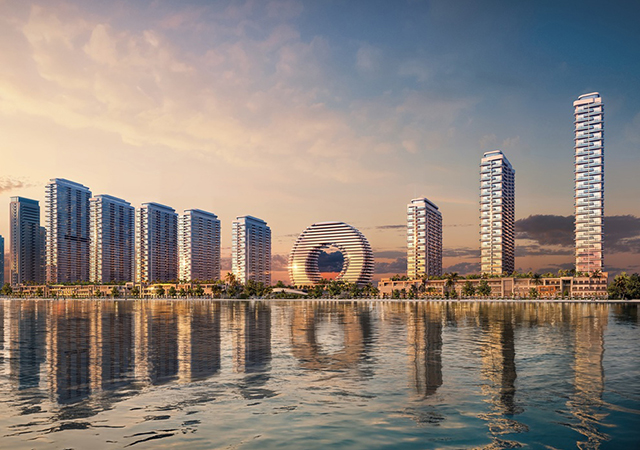

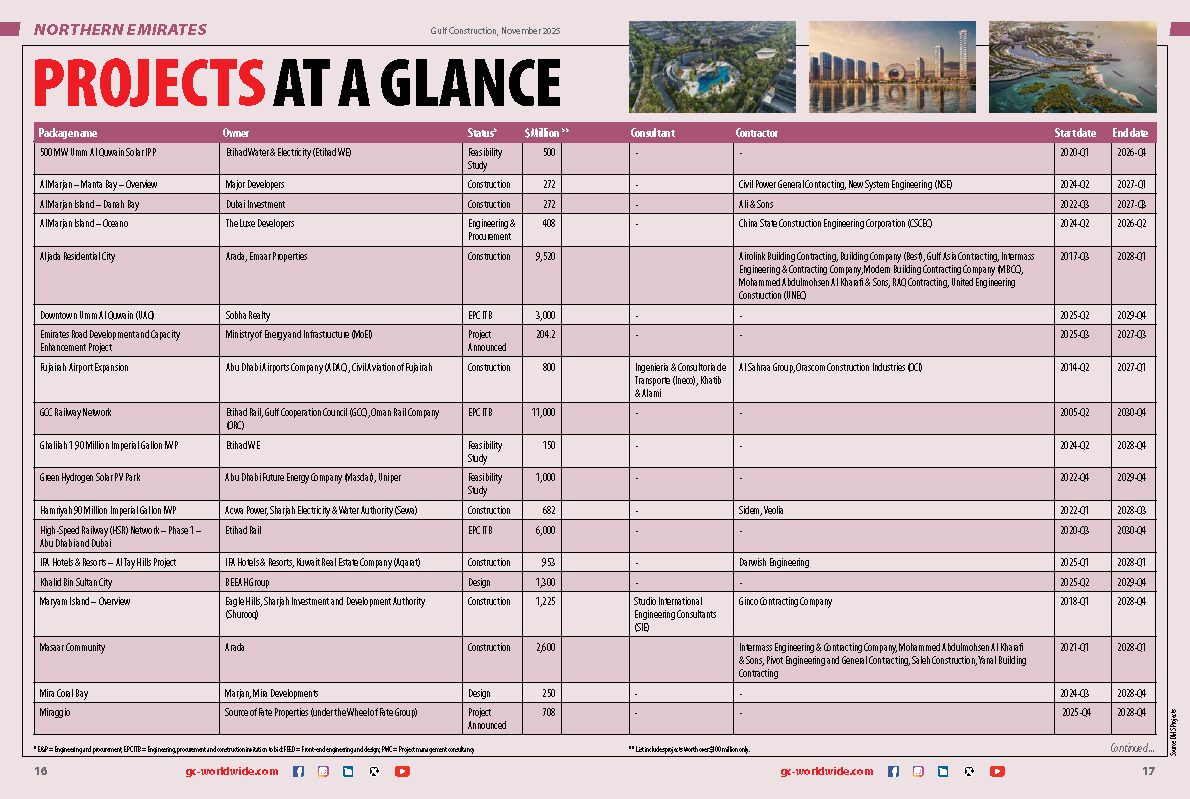
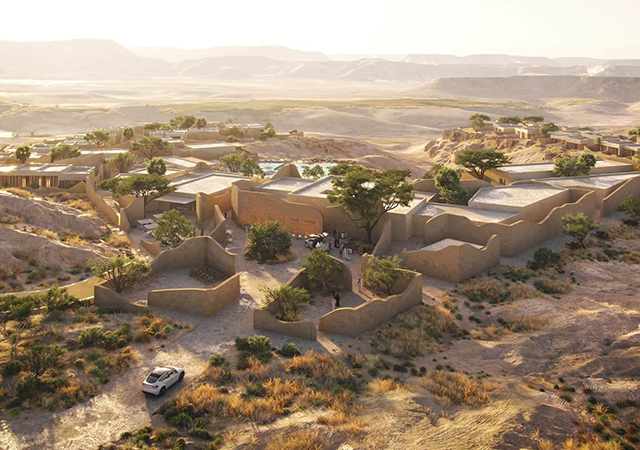
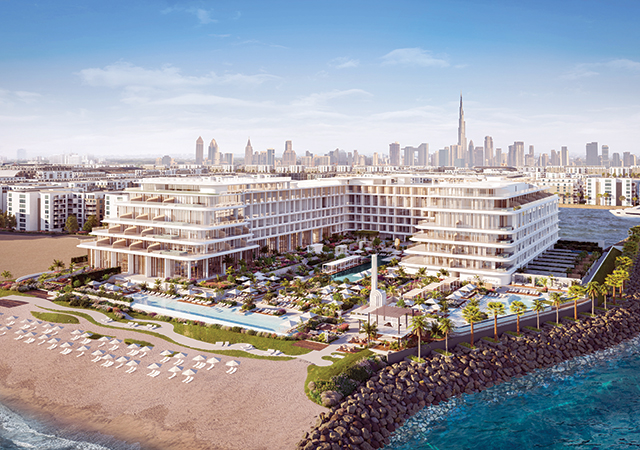


(5).jpg)

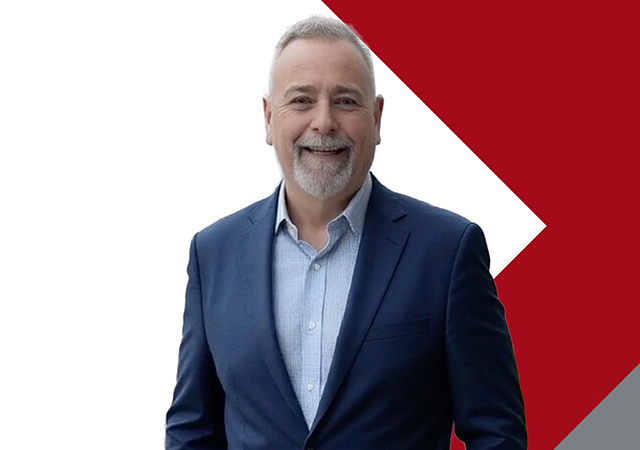

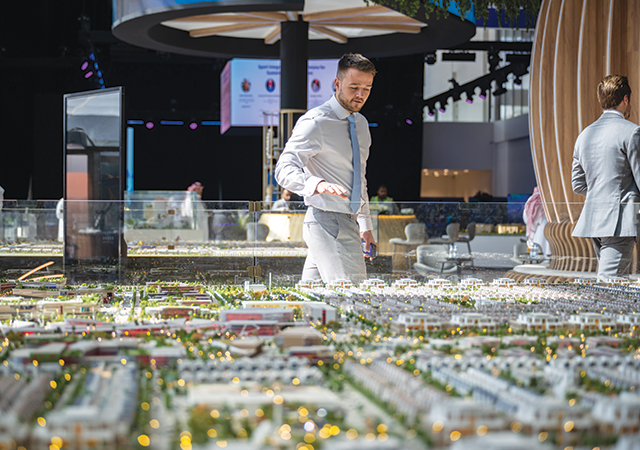
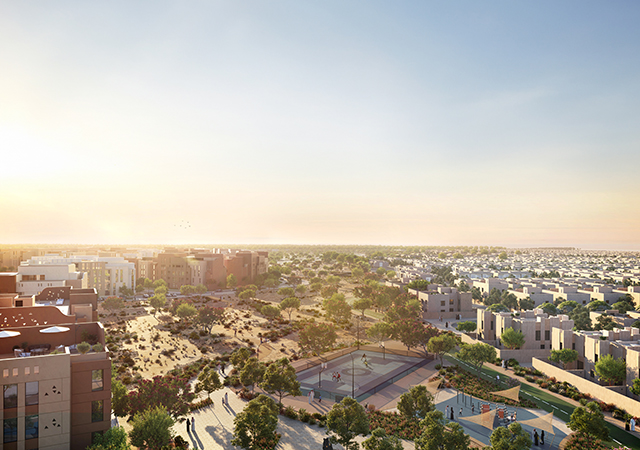
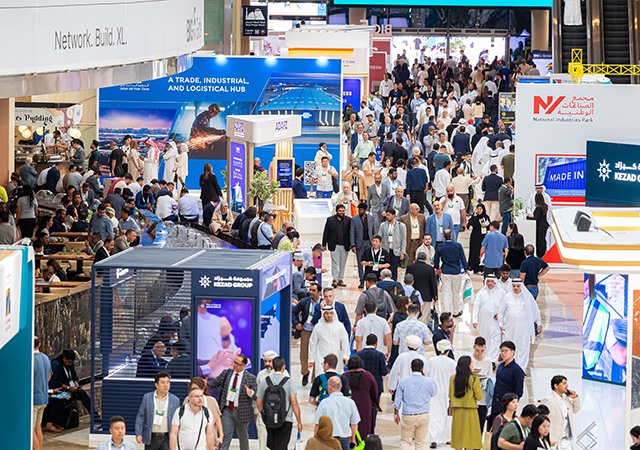
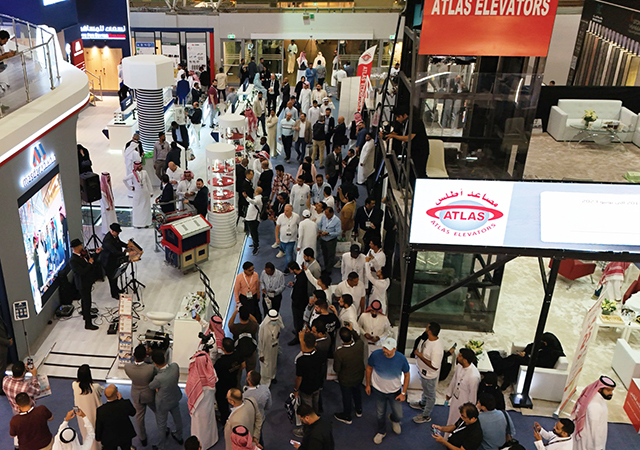
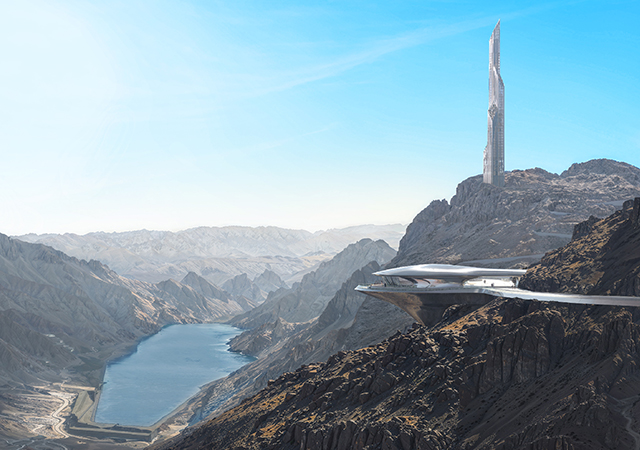
.jpg)
